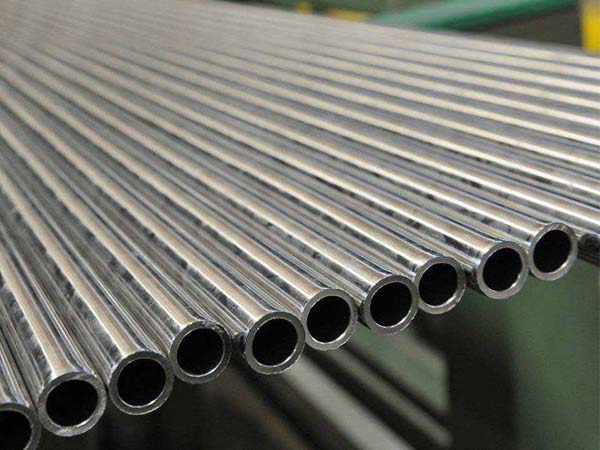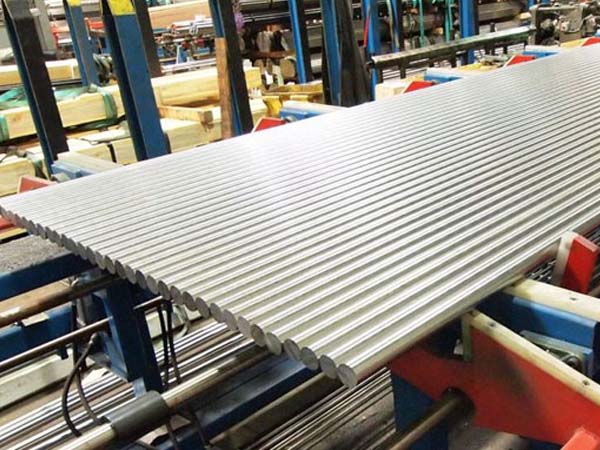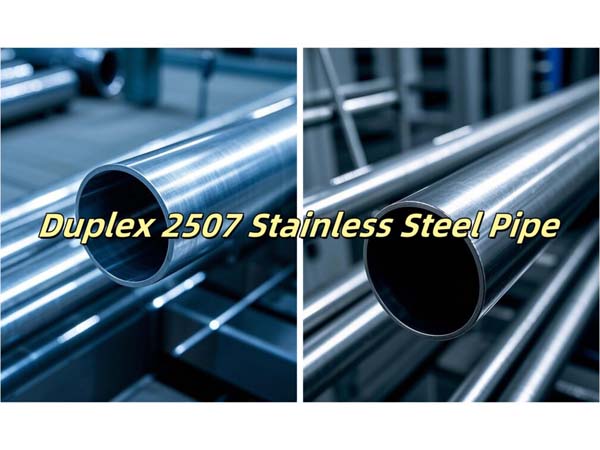





Phone
+86-731-82250427
Address
25th floor, C3 Building, Wanda Plaza, Kaifu District, Changsha, Hunan Province, China.
 Jul 25 2024
Jul 25 2024When it comes to stainless steel piping, understanding the differences between sanitary and industrial applications is crucial. Both types of pipes serve specific purposes in various industries, but they are designed with distinct features to meet different requirements. Sanitary stainless steel pipes are primarily used in industries where hygiene and cleanliness are paramount, such as food processing, pharmaceuticals, and biotechnology. In contrast, industrial stainless steel pipes are utilized in heavy industries, including oil and gas, chemical processing, and construction, where strength and durability are the main considerations. This article delves into the key differences between these two types of stainless steel pipes, highlighting their unique characteristics and applications.
Sanitary stainless steel pipes are designed with hygiene and ease of cleaning in mind. These pipes have a smooth interior surface finish, often with a high polish or passivation layer, which prevents the buildup of bacteria, contaminants, and other residues. The joints and connections in sanitary piping systems are typically seamless or welded using advanced techniques that eliminate any crevices where impurities could accumulate. These features make sanitary stainless steel pipes ideal for transporting consumable liquids, pharmaceuticals, and other sensitive products where contamination must be avoided. Additionally, sanitary pipes are often fabricated to meet strict regulatory standards, ensuring they adhere to health and safety guidelines in food and drug industries.
On the other hand, industrial stainless steel pipes are engineered for robust performance in challenging environments. They are often constructed from heavier gauge steel and are designed to withstand high pressure, temperature fluctuations, and corrosive substances. Industrial pipes might not have the same smooth finish as sanitary pipes, but they offer superior strength and durability to handle the mechanical stress found in industrial settings. They are commonly used in applications such as transporting oil and gas, chemicals, and other industrial fluids where the focus is on maximizing flow capacity and maintaining structural integrity under demanding conditions. Their construction often involves thicker walls and reinforcement to ensure longevity and resilience.
Another significant difference between sanitary and industrial stainless steel pipes lies in their connections and fittings. Sanitary pipes often use specialized fittings like tri-clamp or sanitary flanges, which allow for easy assembly and disassembly without compromising hygiene. These fittings are designed for quick cleaning and maintenance, making them ideal for processes that require frequent sterilization. In contrast, industrial pipes typically utilize threaded or welded connections to provide a more secure and leak-proof joint. These connections are designed to handle higher pressures and are less focused on quick disassembly, prioritizing durability and reliability in tough environments.
In conclusion, while both sanitary and industrial stainless steel pipes are made from high-quality stainless steel, they serve distinctly different purposes due to their specific design features and intended applications. Sanitary stainless steel pipes are the go-to choice for industries requiring stringent hygiene standards and easy maintenance, whereas industrial stainless steel pipes excel in environments where strength, durability, and resistance to extreme conditions are paramount. Understanding these differences helps in selecting the right type of pipe for a particular application, ensuring both safety and efficiency in various industrial and commercial processes. As industries continue to evolve, the demand for both sanitary and industrial stainless steel pipes remains strong, underscoring their vital role in modern engineering and manufacturing.
